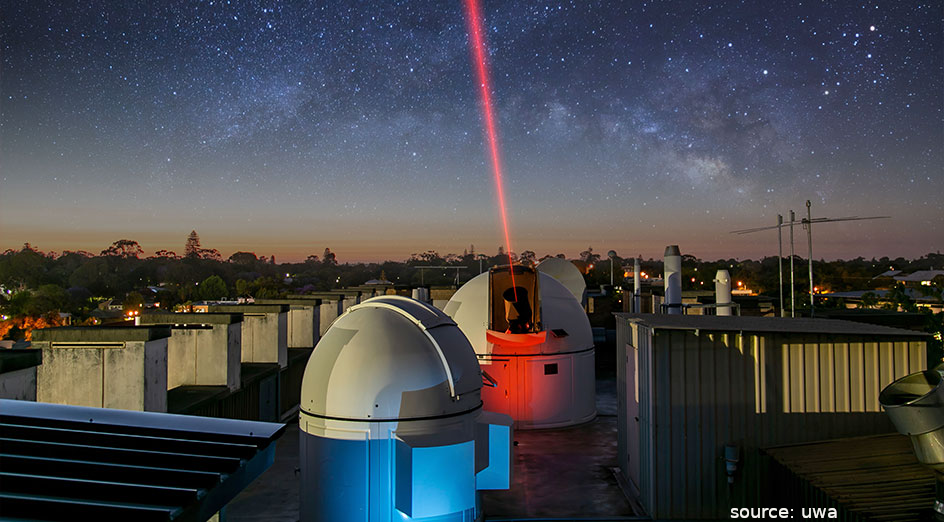A new world record in long-distance data transmission has been set by Japanese researchers, paving the way for ultra-fast communication networks capable of handling the ever-increasing global data traffic.
The relentless growth in global data traffic demands faster and more efficient technologies to develop an infrastructure capable of accommodating this massive flow of information. In this context, Japanese researchers at the National Institute of Information and Communications Technology (NICT) have achieved a new breakthrough in the world of communications. They successfully transmitted 1.02 petabits per second (equivalent to one million gigabits) over a distance of 1808 kilometers – a world record for long-distance data transmission.
To accomplish this feat, the researchers utilized advanced optical fibers containing 19 independent cores instead of a single core. This allows data to be transmitted through parallel paths, significantly increasing transmission capacity without altering the optical fiber's diameter, which remained at 0.125 mm, consistent with current commercial fibers. This compatibility facilitates future adoption without requiring radical changes to existing infrastructure.
Sumitomo Electric Industries undertook the design and manufacturing of these 19-core optical fibers with a standard cladding diameter. By optimizing the core structure and arrangement, they achieved a reduction in optical fiber loss across multiple wavelength bands (C-band and L-band).
While previous experiments had reached speeds of 1.7 petabits per second, the transmission distance was limited to only 63.5 kilometers. The Japanese team, however, managed to achieve a transmission distance of 1808 kilometers thanks to improved fiber design, noise reduction, and the use of advanced optical amplification techniques.
Signal Amplification Mechanism
As optical signals travel over long distances, they begin to lose strength. To counteract this, the researchers employed an advanced optical amplification system relying on specialized amplifiers operating across the commercially used C and L light bands. This maintained signal quality across 180 wavelengths. The signal was amplified once at the point of transmission, and recirculation loops were utilized, through which signals passed 21 times, to ensure their efficient arrival at the end of the path.
Future Applications
This technology could become a cornerstone for the development of communication networks between major cities and continents, especially with the increasing demand for data driven by advancements in artificial intelligence, the Internet of Things, and 6G networks. Thanks to this achievement, the possibility of creating an ultra-high-speed digital infrastructure has become more realistic and achievable in the future.
The study was presented at the 48th Optical Fiber Communication Conference (OFC 2025).









